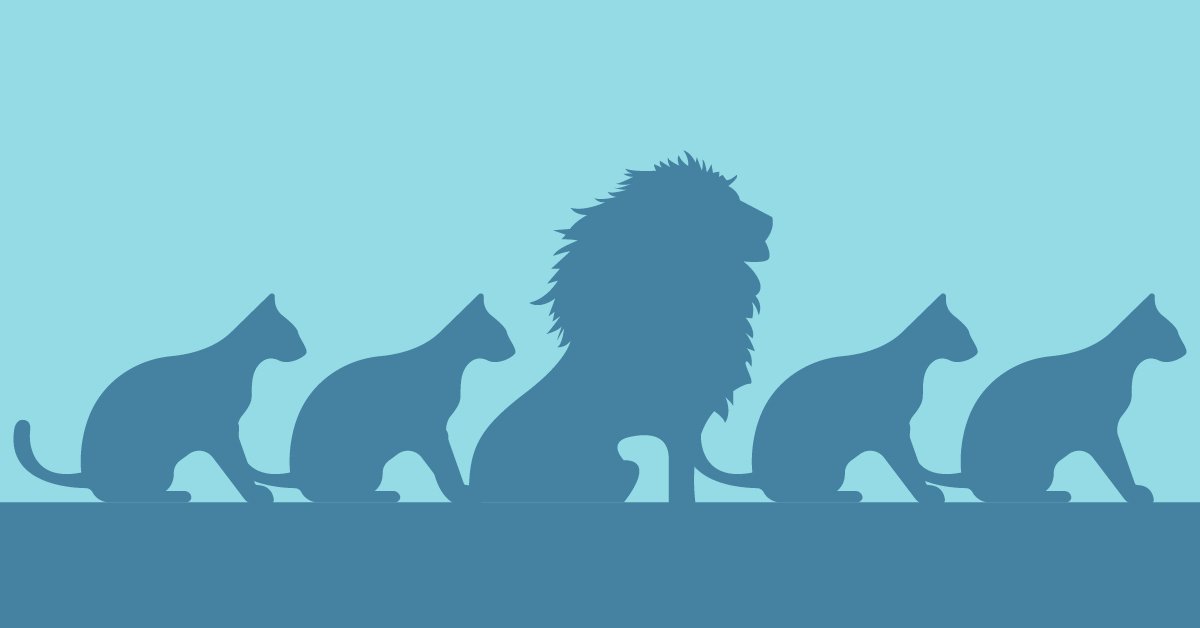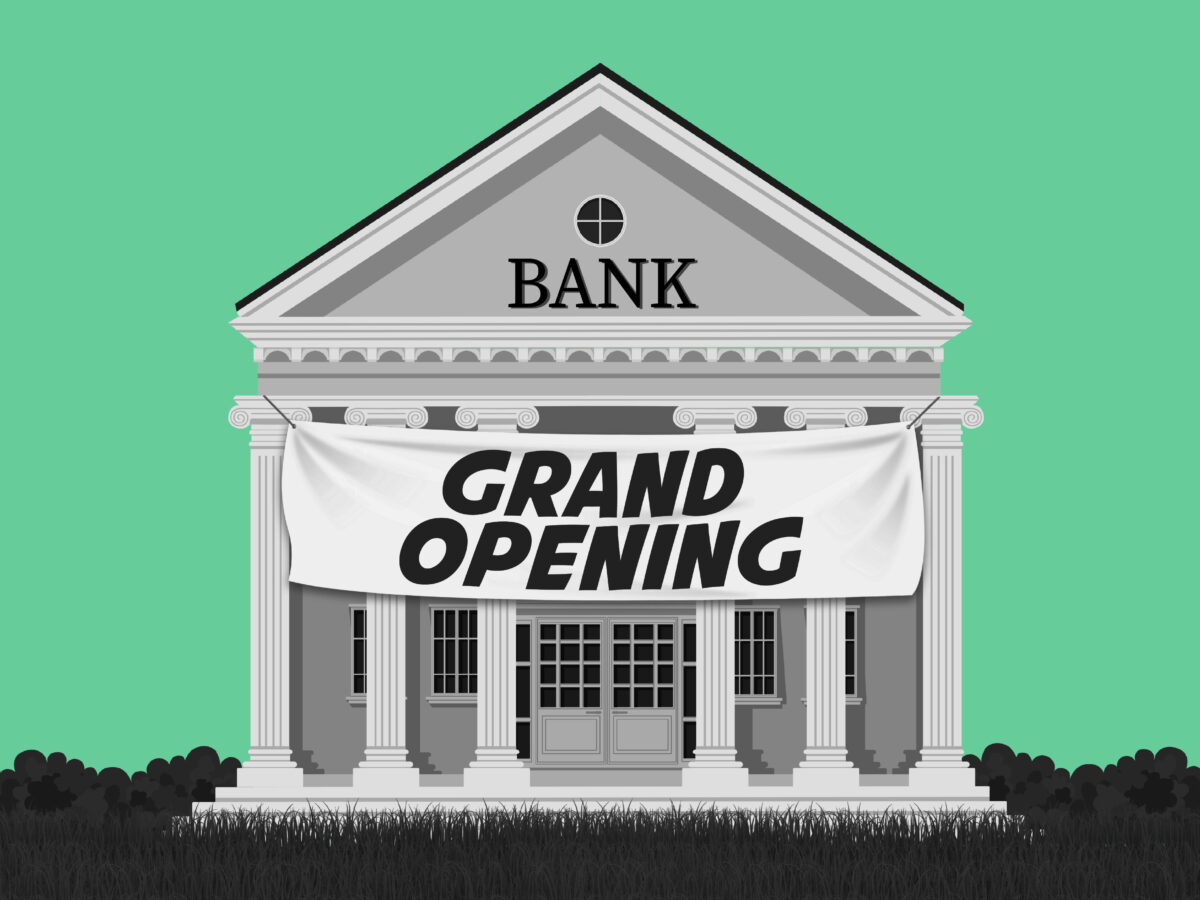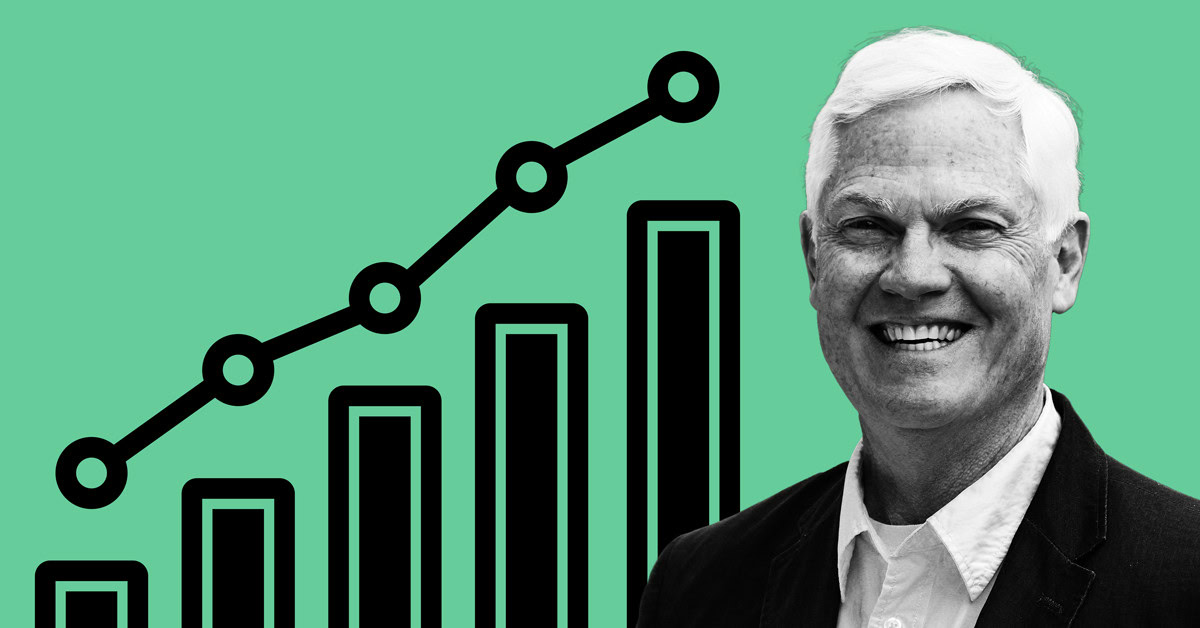How Strong is Your Competitive Positioning?

If you think your organization has a competitive positioning that differentiates it from your competitors, think harder.
Over the last forty years, I have been studying and applying competitive positioning and differentiation strategies for community banks, universities, health systems, home services brands, and B2B companies. My work and the work of other renowned strategists has revealed a sea of sameness across many industries, including, gulp, advertising agencies.
On the one hand, this should be surprising because a strong competitive positioning is fundamental to a business’s financial success and growth in its market – and to delivering value to its customers. On the other hand, a competitive positioning strategy is extremely hard to formulate well, and even harder to execute against.
Books and courses about positioning strategy abound. In today’s blog, I will provide highlights building on the foundational work of a marketing and positioning master in this space and then add my own take on competitive positioning, with a mental thought exercise that approaches the issue from a different point of view.
Michael Porter established the foundation of modern marketing and positioning strategy just as I was embarking on my career in advertising. In 1980, Porter wrote that any size or form of enterprise must choose one of three core strategies to win in the marketplace, or risk mediocrity and wasted resources:
1. Cost Leadership Strategy
Targeting customers based on offering the lowest price in the market (and enabled by being the low-cost provider). Cost leaders are obsessed with achieving the lowest cost of production and distribution. They can then use their cost advantage to increase market share and/or increase profit margins. Often, at certain stages of the business, a cost leader will sacrifice short-term profit margins to achieve market share and top line growth goals, and then build from there. I have noticed that health insurance companies serving small and middle market businesses are experts using this strategy. Maintaining a consistent focus on cost allows these companies to establish a reputation for affordability and attract price-conscious customers, fostering long-term loyalty and trust. The key is staying focused on this messaging as shifting back to other messaging risks diminishing its impact and could result in churn.
2. Differentiation
Targeting customers on attributes other than price such as superior quality or service or other important category attributes, with the goal of commanding a higher price. Volvo is a good example of this, as a brand that successfully pursued a positioning of safety in the auto industry. They built their products, culture, and manufacturing practices around the idea of safety. Over time, competitors have caught up to Volvo in terms of delivering on the promise of safety. But Volvo has maintained this legacy in the baby boomer segment and has moved upscale in the areas of performance and luxury to deliver on those desires and to sustain higher margins.
3. Focus
Targeting fewer, or even one, focused segment – a specific demographic or psychographic that you can own. Organizations pursuing a focus strategy can do so with either a cost or differentiation strategy. Credit Unions are a great example of a “Focus” strategy as they deliver cost advantages to their members via better terms – e.g., lower auto loan rates. USAA builds on that by inviting the families of US Service Members to be part of the family that honors this segment, appealing to a specific subsegment within the broader insurance market and focusing all their communication on this group.
As the world has become more fragmented, with dozens of competitive offerings in each industry, businesses have divided categories into multiple sub-categories. Their differentiation strategies have become more nuanced around dozens of concepts to appeal to sub-segments. Here are a few examples:
- Product Performance – superior wickability and breathability of a hiking top (in addition to being super lightweight, form-fitting, and fashionable)
- Ease of Use – fast, online account opening for a bank
- Brand Image – Rolex tying its luxury image to the performance brand of a PGA golf pro – enhancing its appeal to a new, younger segment
- Warranty – Hyundai – 100,000-mile service guarantee
- Cause – Bombas comfort socks donating one pair of socks to the homeless for each pair sold
- Source of Ingredients – A client, who is a leading supplier of coconut water, delivers on quality, efficiency, and price. But they also source only from indigenous farmers with sustainable harvesting practices in developing countries.
Porter’s work has been extended by other great positioning thinkers like Trout and Ries who authored Positioning: The Battle for Your Mind in 1980. This book has strongly influenced positioning, branding, and message strategy for the last 30+ years. I also recommend you read The Membership Economy, a more recent work by Robbie Kellman Baxter. It is a terrific treatise that dissects how a membership model and brand can be applied in many different segments today.
To help make these lessons real, I’ll finish with a short mental thought exercise to crystalize today’s blog:
How Does Your Brand Make Your Customers Feel?
I will leave you with the following list that helps you think harder about your current positioning. Quickly determine which competitive strategy your brand positioning most closely fits. Then begin your journey with Porter and the other masters to chart a positioning for the future.
Value Customer – I feel like I got the best deal (COSTSO)
Security Customer – I feel safe with a known, leading brand (IBM, Tide)
Utility Customer – I feel happy this was so fast easy to use or acquire (Amazon)
Relationship Customer – I feel these people are friendly and really care about me (Jet Blue)
Trend Customer – I feel on the cutting edge of my peers (Zara in fashion)
Geek Customer – I feel happy and empowered to play and solve (Activision)
The Socially Conscious – I feel responsible (Prius)
The Tribe Customer – This is the group I most identify with (Harley Davidson, USAA)
Gain a competitive edge with our Recession or No Recession series.
In our next Insight Tuesday, my partner, Kevin D. Kuchinski, will address how new Marketing Strategies can transform traditional business models and accelerate the growth of your organization. Subscribe to Read.





